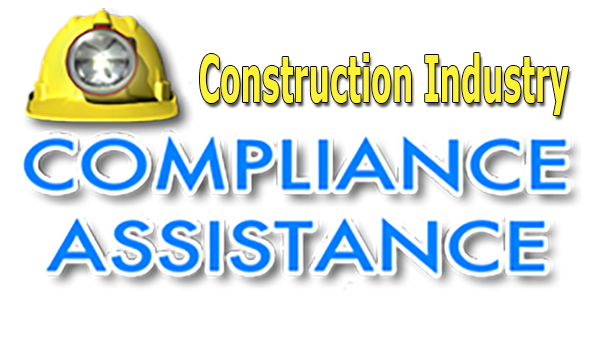
More Resources—Hazardous Waste
Hazardous Waste Generators. EPA page with links to hazardous waste rules, forms, and other useful resources.
Managing Your Hazardous Waste: A Guide for Small Businesses (EPA 530-K-19-001). This handbook provides an overview of the regulations to give you a basic understanding of your responsibilities when generating and managing hazardous waste.
Summary of Requirements for Very Small Quantity Generators (EPA 530-F-20-002). If you generate no more than 100 kg (220 lbs) of hazardous waste and no more than 1 kg (2.2 lbs) of acute hazardous waste per month, you are a VSQG. As a VSQG, you must comply with three basic waste management requirements.
Federal Environmental Requirements for Construction. This guide provides information on federal environmental requirements for construction projects. It is written primarily for owners of construction projects and for general contractors who supervise construction projects. Subcontractors also may find the information useful.
Managing Your Environmental Responsibilities (MYER). A Planning Guide for Construction and Development This document explains in detail the environmental obligations that construction companies can face across the various federal laws (stormwater, air, wetlands, waste, etc.). Use it to factor in costs during the bidding process, assign responsibilities and use the checklists to self-audit.
Construction and Demolition Debris: Material-Specific Data. Materials included in the C&D debris generation estimates are steel, wood products, drywall and plaster, brick and clay tile, asphalt shingles, concrete, and asphalt concrete. These materials are used in buildings, roads and bridges, and other sectors.
Sustainable Management of Construction and Demolition Materials. EPA promotes a Sustainable Materials Management (SMM) approach that identifies certain C&D materials as commodities that can be used in new building projects, thus avoiding the need to mine and process virgin materials.
RCRA in Focus: Construction, Demolition, and Renovation. Most C&D debris is nonhazardous and is not regulated by EPA. Under RCRA, however, if you generate hazardous waste you are required to follow certain procedures when generating, storing, transporting, or disposing of it.
Lead. EPA website containing regulatory information for homeowners, building owners and construction workers. (Spanish version).
Regulatory Status of Waste Generated by Contractors and Residents from Lead-Based Paint Activities Conducted in Households. Check here to find proposed standards.
EPA RRP Contractor Resources. Information for lead renovation firms to help fulfill contractors' legal requirements and to protect yourself, your employees, and your clients from the dangers of lead exposure. This material includes safe work practices and printable brochures (English and Spanish) for distribution to your customers.
